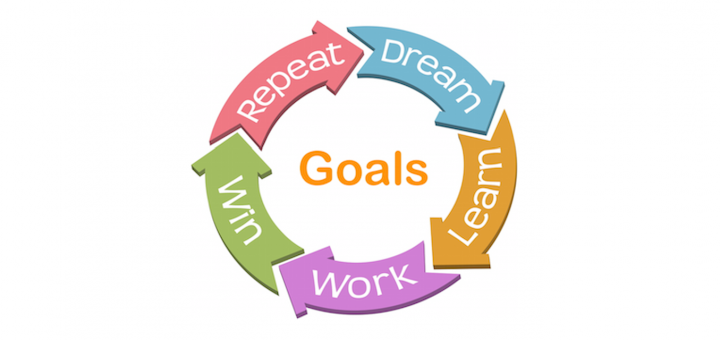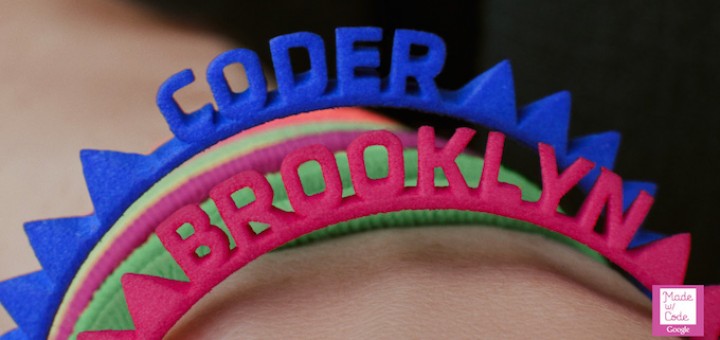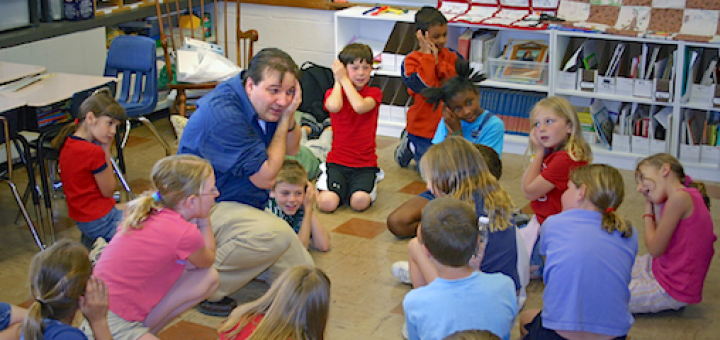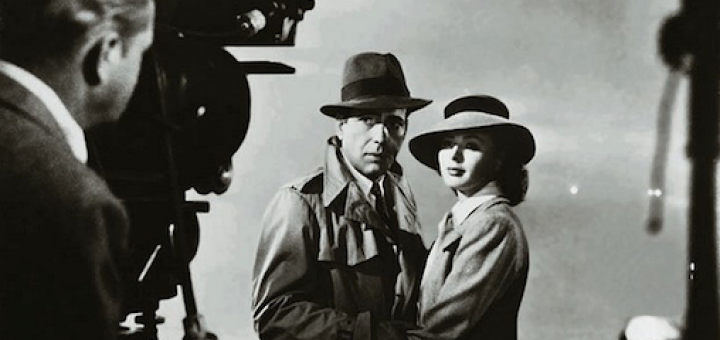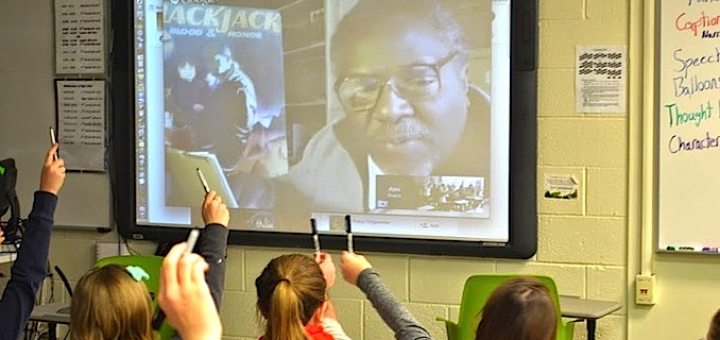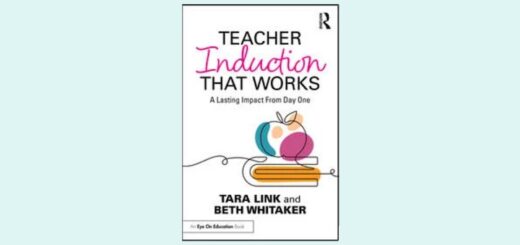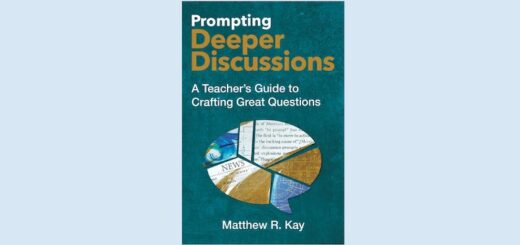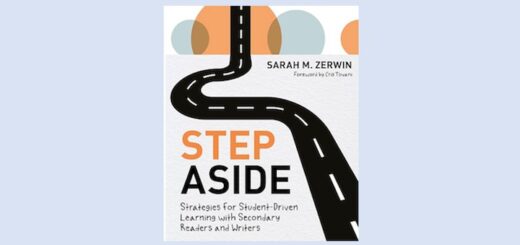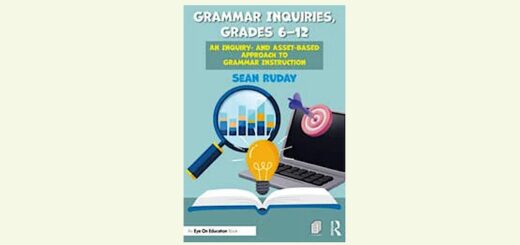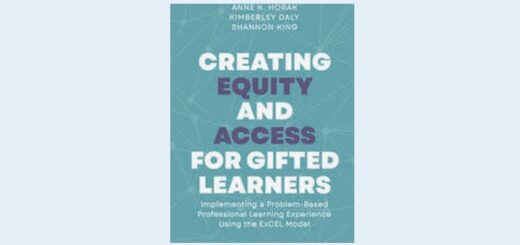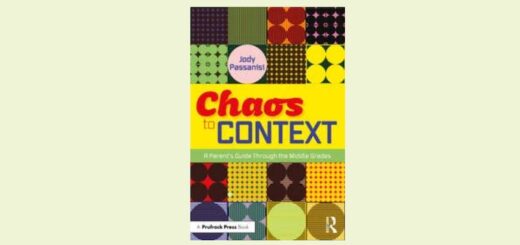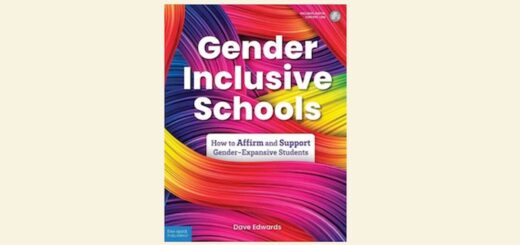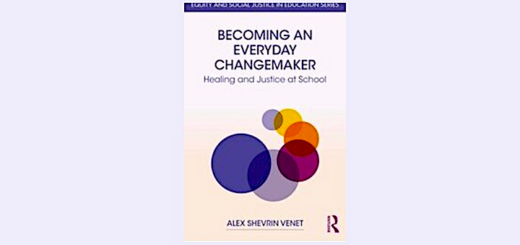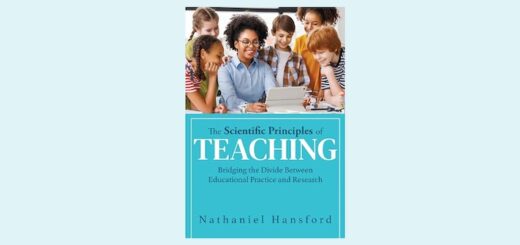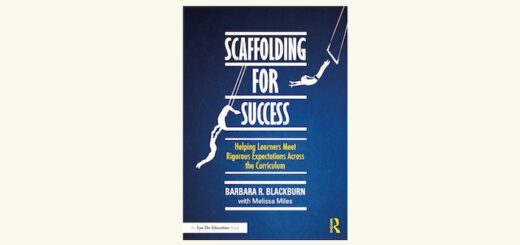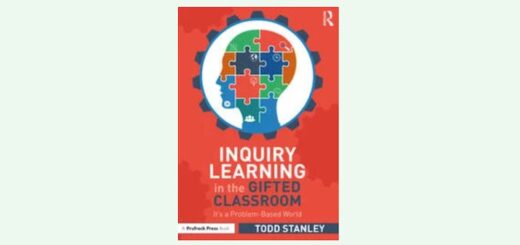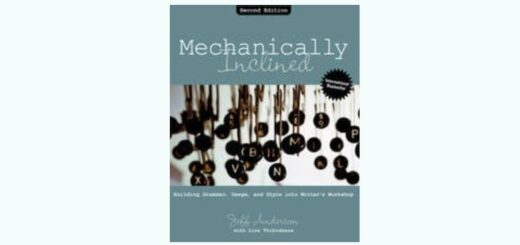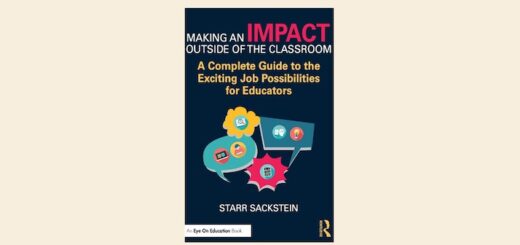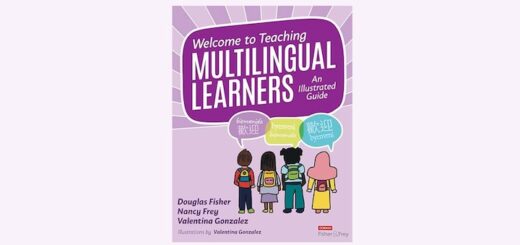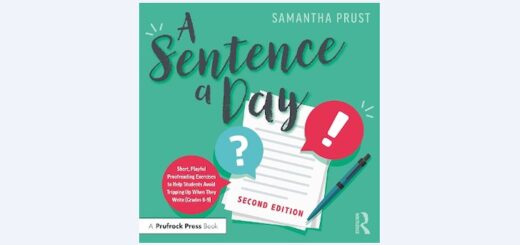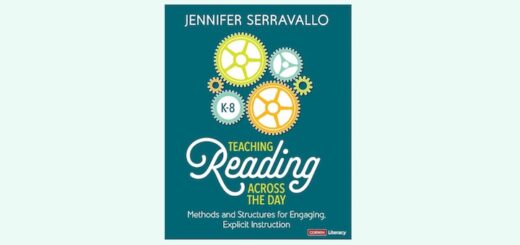Teaching and learning in grades 4-8
New Year resolutions about teaching and learning are too limiting and ultimately frustrating, says co-teaching coach Elizabeth Stein. Teachers can help students (and themselves) pursue goals all year using 5 self-reliance strategies to insure progress.
As Mary Tarashuk’s fourth graders took part in the Hour of Code this past December – assuming then switching roles as drivers and navigators in a code writing exercise – she considered how she might play the navigator more often in her own classroom.
Working to bring America’s Colonial Period to life in the classroom? Stephanie Harvey and Anne Goudvis’ new toolkit will help history teachers engage students with primary sources, digital links and visual guides. “A gold mine!” says reviewer Linda Biondi.
Stressing the need to provide wide fiction and informational text choices, the authors consider the needs of all readers while offering extensive activities for all classrooms. Reviewer Jenni Miller found the book “wonderful” – both informative and encouraging.
In Focus on Text, Amy Benjamin provides a detailed description of what should happen at each level of the CCSS reading standards, 4-8. Reviewer Mark Domeier praises the book for its clarity, ideas and potential to spark vertical team conversations.
Ready for fresh math bellringers? Reviewer Lynne Menechella highly recommends Math Lesson Starters for the Common Core. Arranged by CCSS-M domains, the compact book “does a wonderful job of providing ready-to-use problems that work as formative assessment.”
What happened to classroom play and activities like dramatic storytelling? How do we bring it back? Kevin Hodgson finds answers in Kevin Cordi’s lively book Playing with Stories, which suggests ways to use storytelling as literacy and speaking practice.
Film literacy is an important skill in an increasingly visual world. It’s in the ELA standards for grades 7 & 8. But how do we teach it if we don’t have access to films in the classroom? Expert Frank Baker helps bring film alive without a DVD in sight.
When Sandy Wisneski engaged middle graders in a comic book project that combined writing, art and social studies, she wanted a whiz-bang culminating activity. She struck virtual gold when she found professional comics illustrator and author Alex Simmons.
Common Core tests require students to analyze two literary texts and compare & contrast themes or points of view. Literacy consultant Sarah Tantillo shares a better tool to help students organize these essays. Included: Links to all her PARCC Prep articles.

